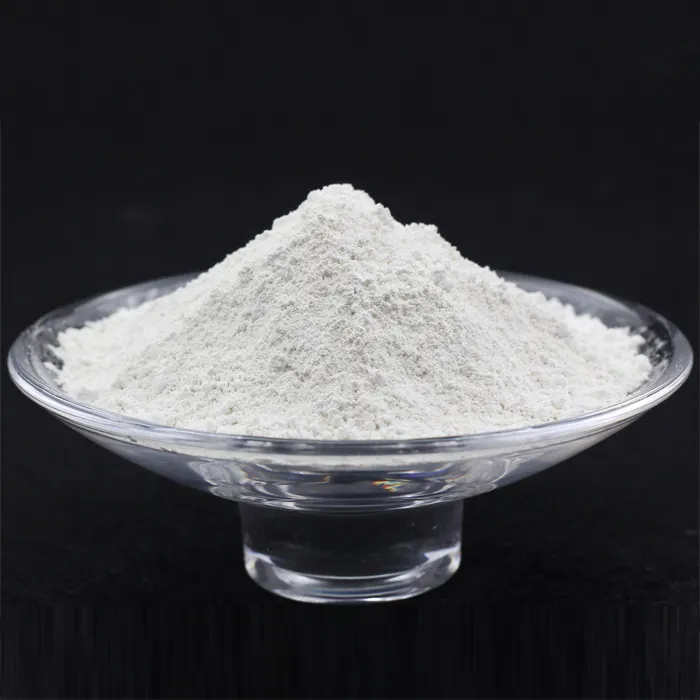Chemicals Used to Disinfect the Water Supply
Water is essential for life, and ensuring its safety for consumption is a critical public health concern. To achieve this, various disinfection methods are employed to eliminate harmful pathogens that can cause waterborne diseases. Among these methods, the use of chemicals has become the most prominent technique in treating municipal water supplies. This article delves into the primary chemicals used for water disinfection, their mechanisms of action, advantages, and potential drawbacks.
Chlorine
Chlorine is the most widely used disinfectant in municipal water treatment. Its effectiveness in killing bacteria, viruses, and some protozoa makes it a staple in water purification processes. Chlorine works through a chemical reaction that alters the cellular structure of microorganisms, ultimately leading to their destruction. The addition of chlorine not only disinfects the water but also provides residual protection throughout the distribution system, which helps to prevent recontamination.
While chlorine is highly effective, it does have some disadvantages. The reaction between chlorine and organic matter in the water can produce disinfection byproducts (DBPs), some of which are potentially harmful compounds, such as trihalomethanes (THMs) and haloacetic acids (HAAs). Regulatory agencies closely monitor these byproducts due to their potential health risks.
Chloramines
In response to the issues associated with chlorine, many water treatment facilities have adopted chloramines as an alternative disinfectant. Chloramines are formed when ammonia is combined with chlorine, resulting in a more stable compound that provides a longer-lasting residual disinfectant effect. Chloramines are particularly effective against certain pathogens, including Giardia and Cryptosporidium, which are resistant to chlorine.
One of the advantages of chloramines is that they produce fewer harmful DBPs compared to chlorine. However, chloramines also have some limitations. For instance, they are less effective in inactivating some viruses and bacteria compared to chlorine. Additionally, chloramines require careful monitoring and control, as improper levels can lead to issues like biofilm formation in water distribution systems.
what chemicals are used to disinfect the water supply

Ozone
Ozone is another powerful disinfectant used in some water treatment plants. It is a strong oxidant that effectively inactivates a wide range of pathogens, including bacteria, viruses, and protozoa. Ozone is typically generated on-site and is introduced into the water as a gas. Its oxidizing properties make it particularly effective in breaking down complex organic compounds and pollutants.
One of the major advantages of ozone is that it decomposes rapidly, leaving no harmful residuals in the water supply. However, it does not provide lasting disinfection once it has dissipated, necessitating additional measures to maintain water quality in the distribution system. Moreover, ozone treatment systems can be more expensive to operate and maintain compared to traditional chlorine-based methods.
Ultraviolet Light
While not a chemical disinfectant in the traditional sense, ultraviolet (UV) light is increasingly used in conjunction with chemical methods to enhance overall water quality. UV light effectively inactivates microorganisms by damaging their DNA, preventing them from reproducing and causing illness. The advantages of using UV light include the absence of chemicals, no formation of harmful DBPs, and immediate effectiveness against a broad spectrum of pathogens.
However, UV treatment relies on the clarity of water, as cloudy or turbid water can shield microorganisms from the light. Additionally, UV disinfection does not provide a residual disinfectant, necessitating the use of chemicals like chlorine or chloramines for ongoing protection.
Conclusion
Disinfecting water supplies is crucial for public health, and various chemicals have been developed to ensure the safety of drinking water. Chlorine, chloramines, ozone, and UV light each offer unique benefits and challenges. Water treatment facilities often use a combination of these methods to achieve optimal disinfection and maintain water quality. As our understanding of public health and environmental impacts expands, the search for more effective and safer disinfection methods continues, aiming to ensure that water remains safe for all.

